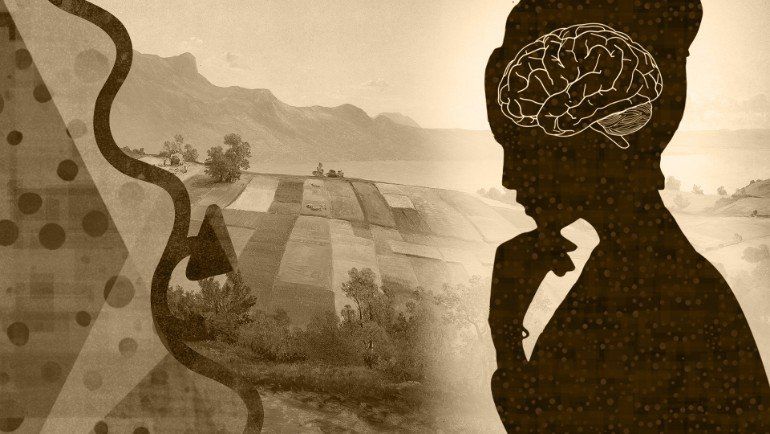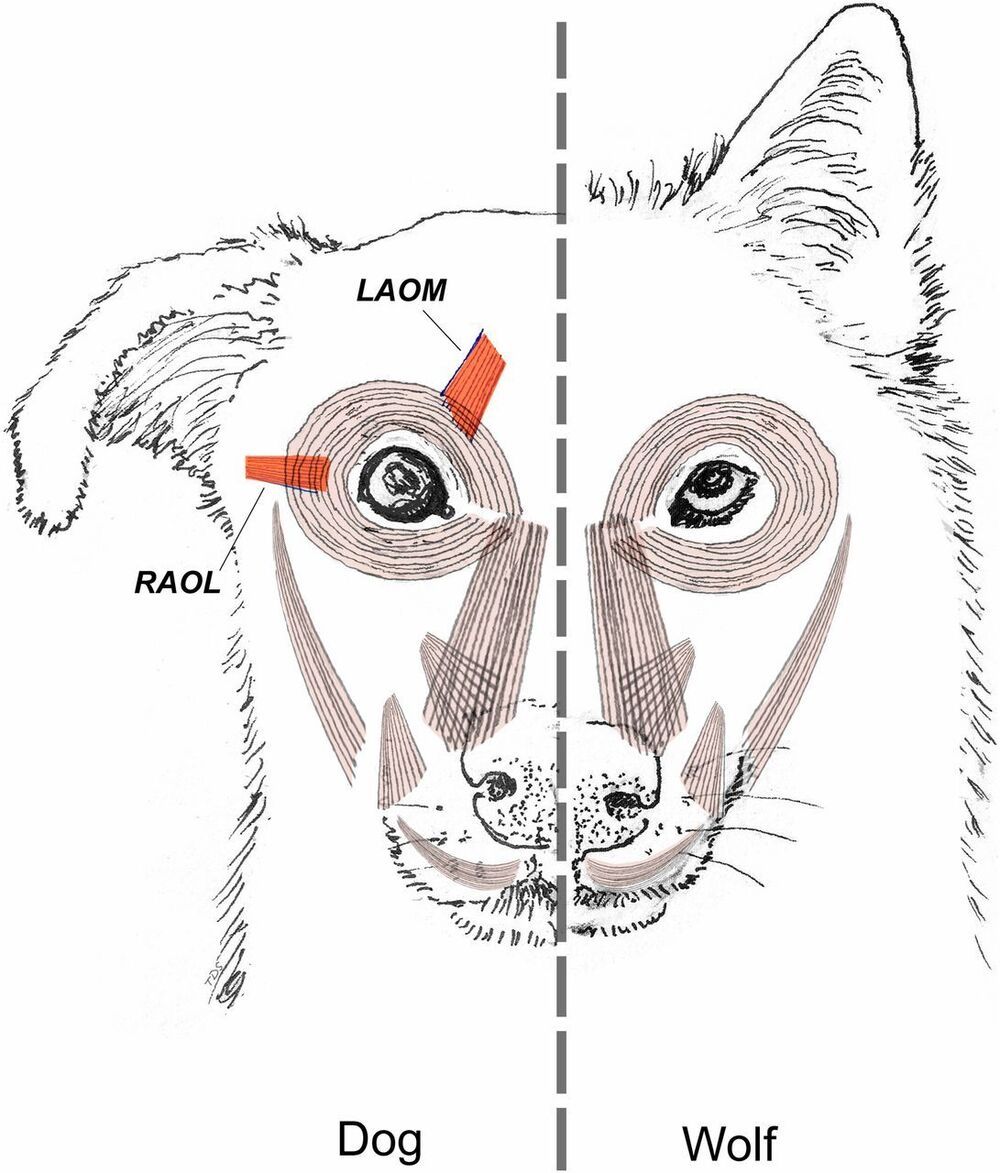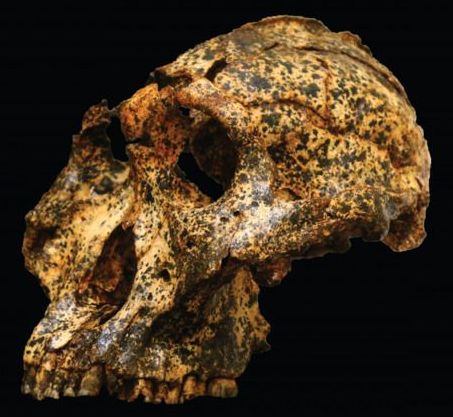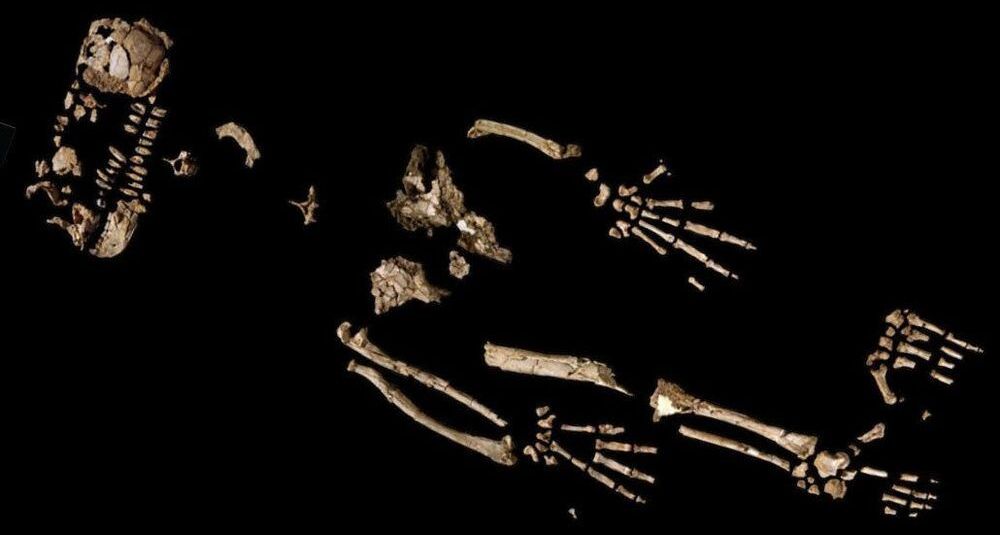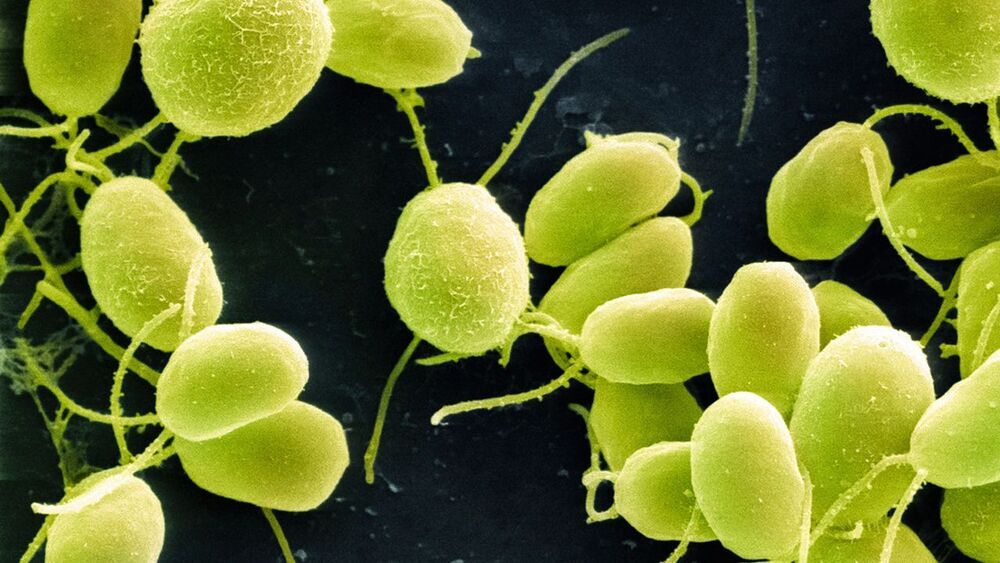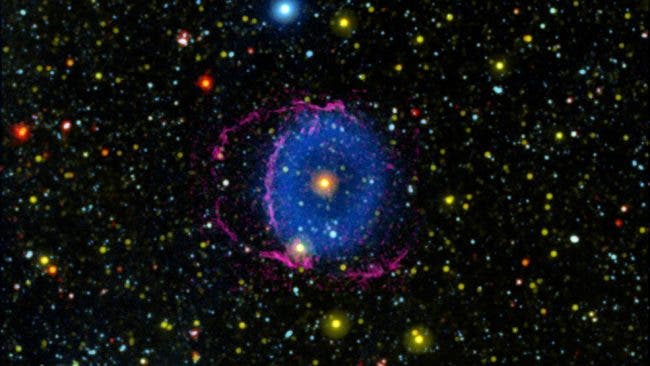Dec 17, 2020
The DNA Regions in Our Brain That Contribute to Make Us Human
Posted by Genevieve Klien in categories: biotech/medical, evolution, neuroscience
Summary: A new method identified a large set of gene regulatory regions in the brain, selected throughout human evolution.
Source: Swiss Institute of Bioinformatics.
With only 1% difference, the human and chimpanzee protein-coding genomes are remarkably similar. Understanding the biological features that make us human is part of a fascinating and intensely debated line of research. Researchers at the SIB Swiss Institute of Bioinformatics and the University of Lausanne have developed a new approach to pinpoint, for the first time, adaptive human-specific changes in the way genes are regulated in the brain.
